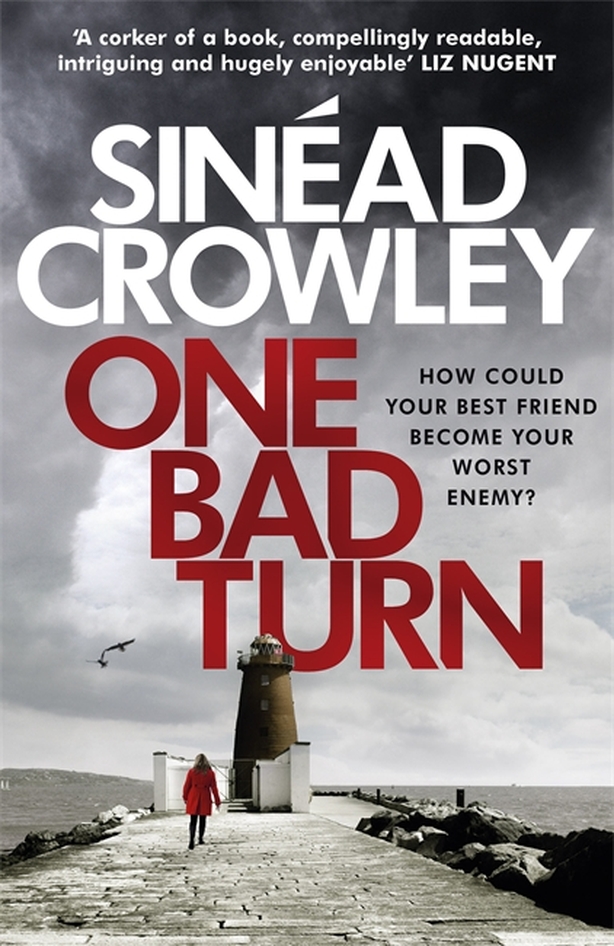Sinéad Crowley writes about the events that inspired her third crime novel One Bad Turn.
All of my books start with a single image. For my first, Can Anybody Help Me? the picture was that of a young woman, staring into a laptop, convinced that the only friends she had were on the other side of the screen. In the second, I imagined a shy person, horrified to realise that everyone in a café queue was staring at her. And for this book, One Bad Turn, I visualised two women, facing each other in a confined space. I knew they were former best friends, and I knew one now hated the other. What I had to unravel was why.
It turned out it's almost impossible to write about contemporary Ireland without mentioning the boom and the bust.
Some people plan their books in intricate detail. I know one writer who does such a detailed outline of every chapter during the planning stage that the writing, when it happens, is a case of joining the dots. Her books are excellent, but I can’t work like that. When I start a book I have a location, the broad brush strokes of the plot, and characters. I know, roughly, where they will end up but I’m not sure what form the journey will take. I just take it chapter by chapter and see what unfolds. In fact, even though I write crime novels, I’m not always sure who committed the offence until I get to the end of the book. That keeps me on my toes and hopefully the reader as well.

My women in One Bad Turn are called Heather and Eileen. It suited the plot to make them slightly older than me, old enough to have children in their early 20s but young enough to allow me to write about their childhood and adolescence without having to do too much research. Those flashback chapters - one set at a 12-year old’s birthday party and another during a teenage disco in the 1980s - were great fun to write but they also helped guide the rest of the story. Because no matter what stage of Heather and Eileen’s life I was writing about, I continually found myself drawn to the idea of home. Where were the girls from? What were their lives like when they met? What are the differences between them? At the start of the book, Eileen envies Hannah for what she sees as an alternative, almost bohemian home life, while Hannah secretly hankers after Eileen’s stable, middle class upbringing. Then later, it is the loss of a home that brings about the tragedy at the centre of the book.
Even though I write crime novels, I’m not always sure who committed the offence until I get to the end of the book. That keeps me on my toes.
I didn’t mean to write about the recession. I had my two women and I simply wanted to tell their story, but current affairs kept butting in. It turned out it's almost impossible to write about contemporary Ireland without mentioning the boom and the bust, the rollercoaster years of the first decade of this century that touched almost everyone. It’s often said that crime fiction provides a window on the society in which they are written.
I set One Bad Turn in a fictional part of Dublin and in an early draft of the story I had a very different idea about what might happen to my two women, but the book had other plans. Crime novels are about conflict, and there has been plenty of that in Ireland in recent years. I didn’t choose a ‘theme’, but as I began to write about the end of a friendship, financial worries and the loss of home and family were the issues that kept coming into my mind. The conflict that arises when a friend is betrayed. The consequences of just one bad turn.
One Bad Turn by Sinead Crowley (published by Hachette) is out now.

